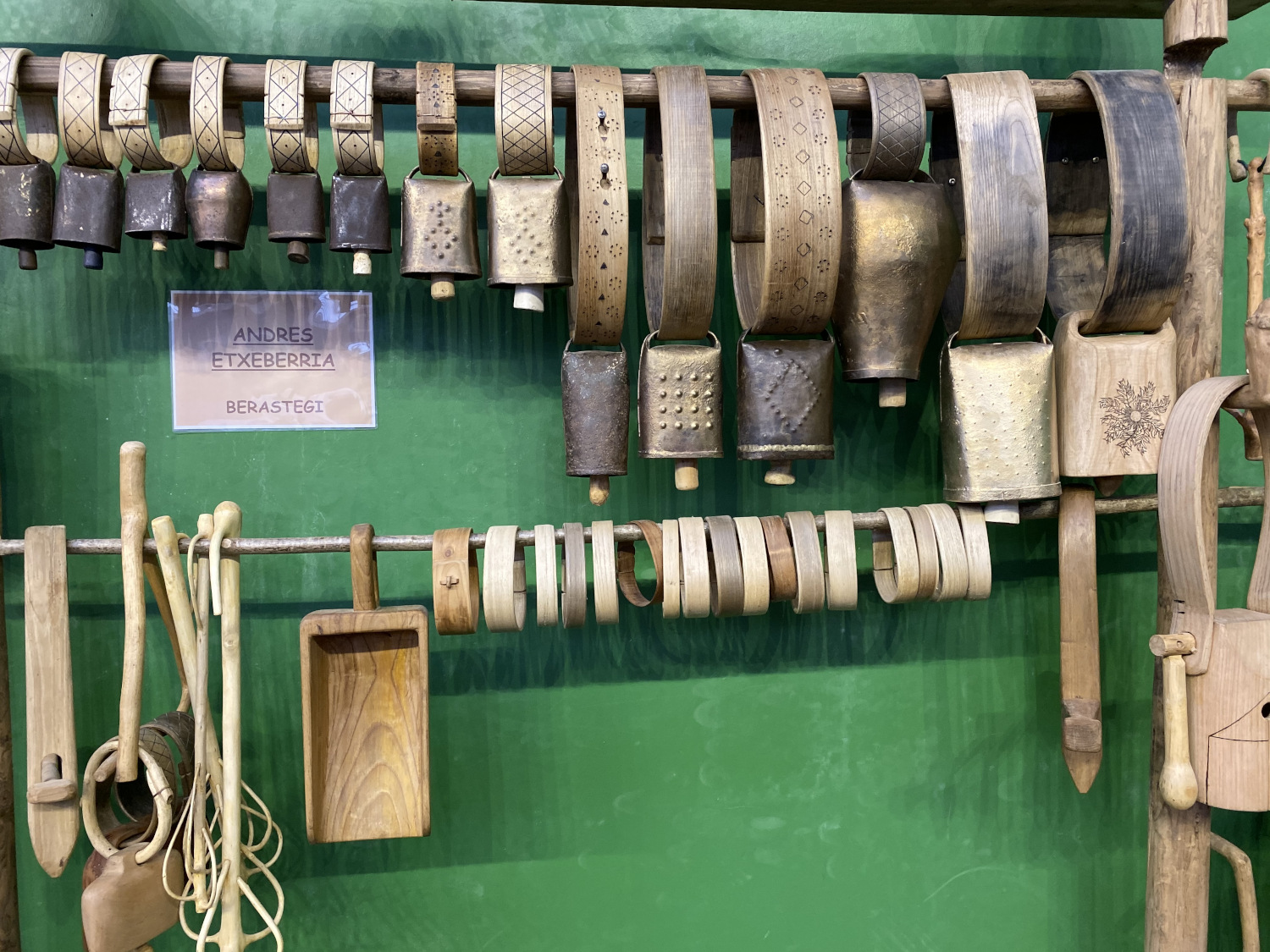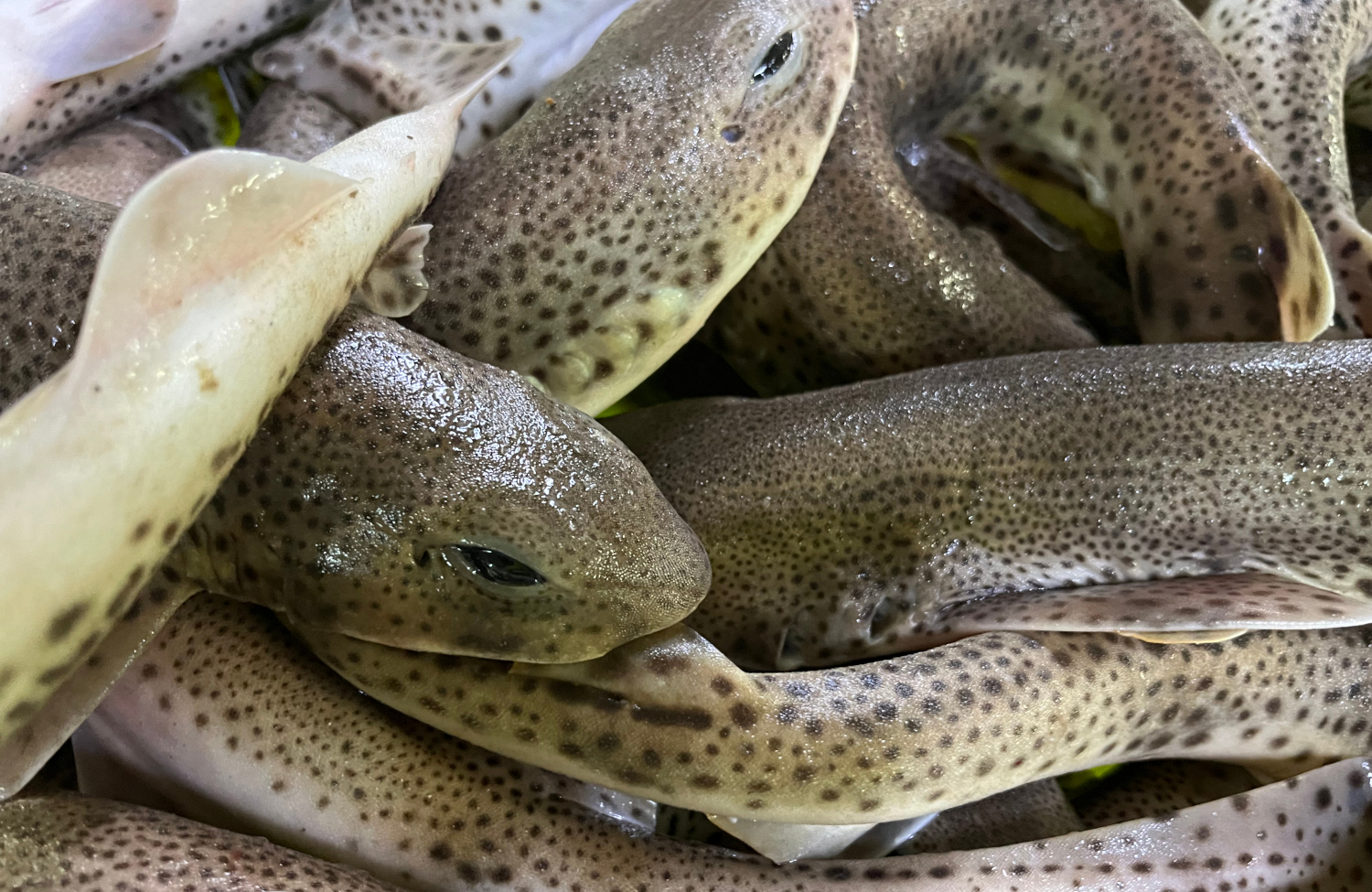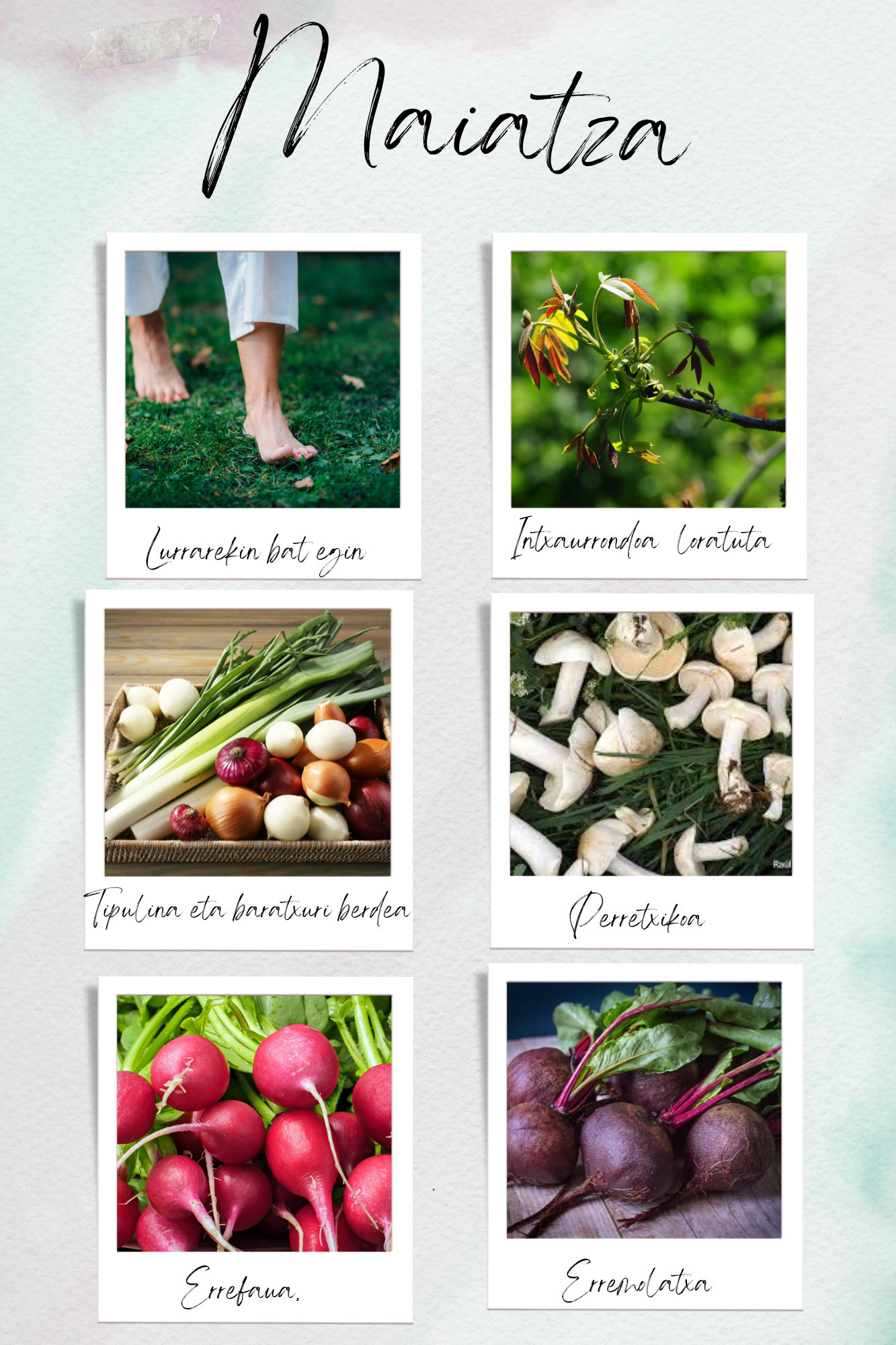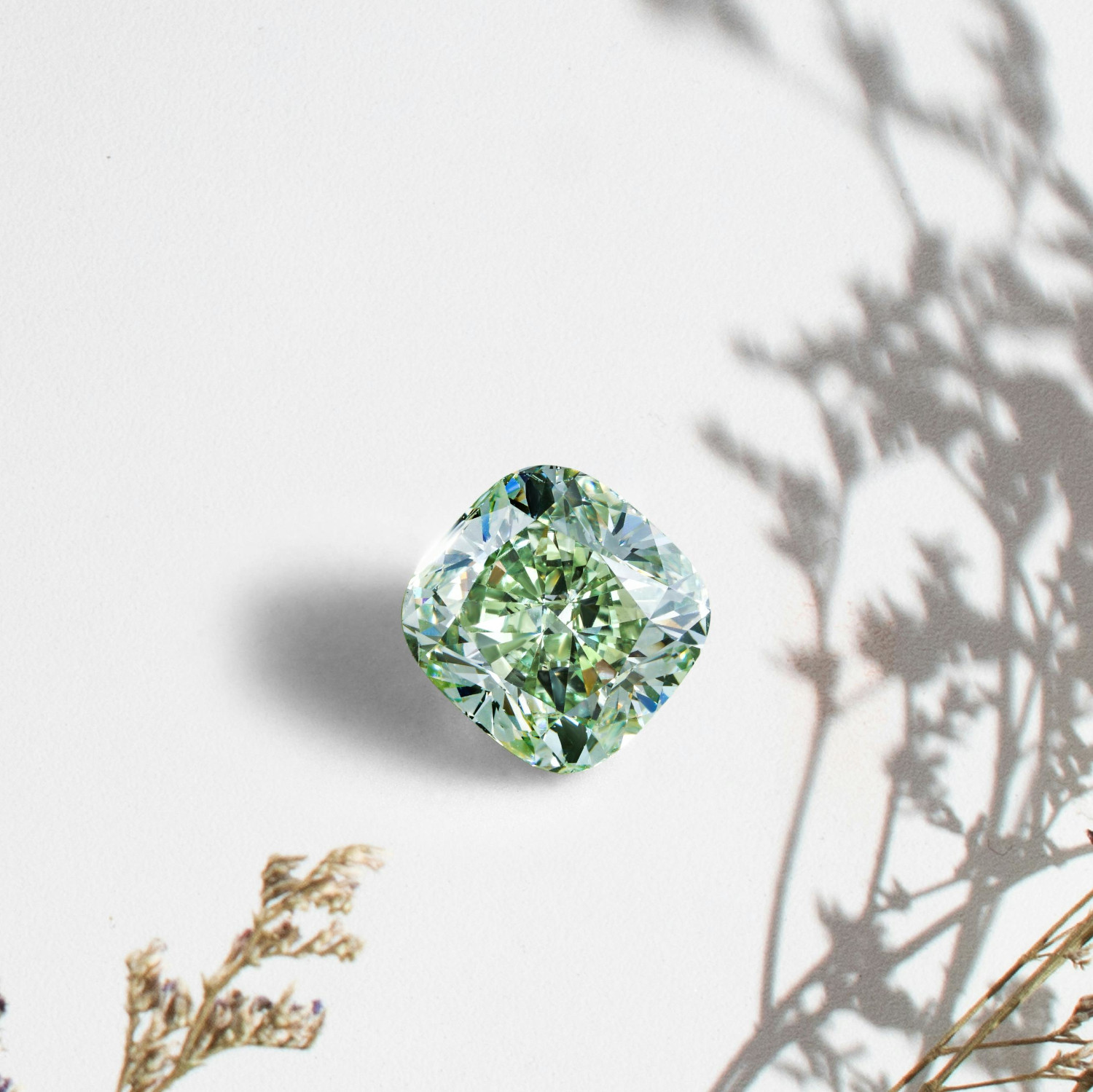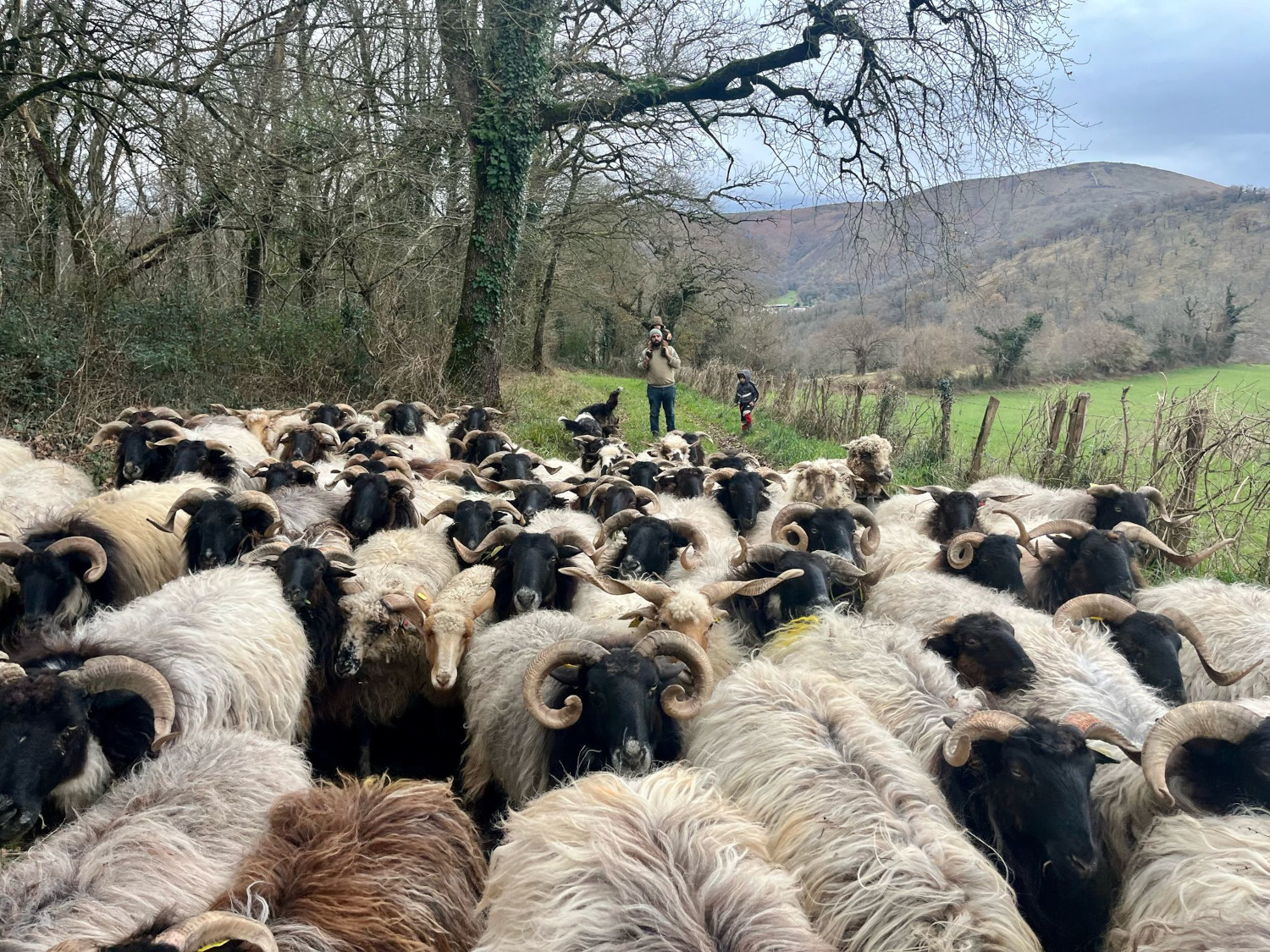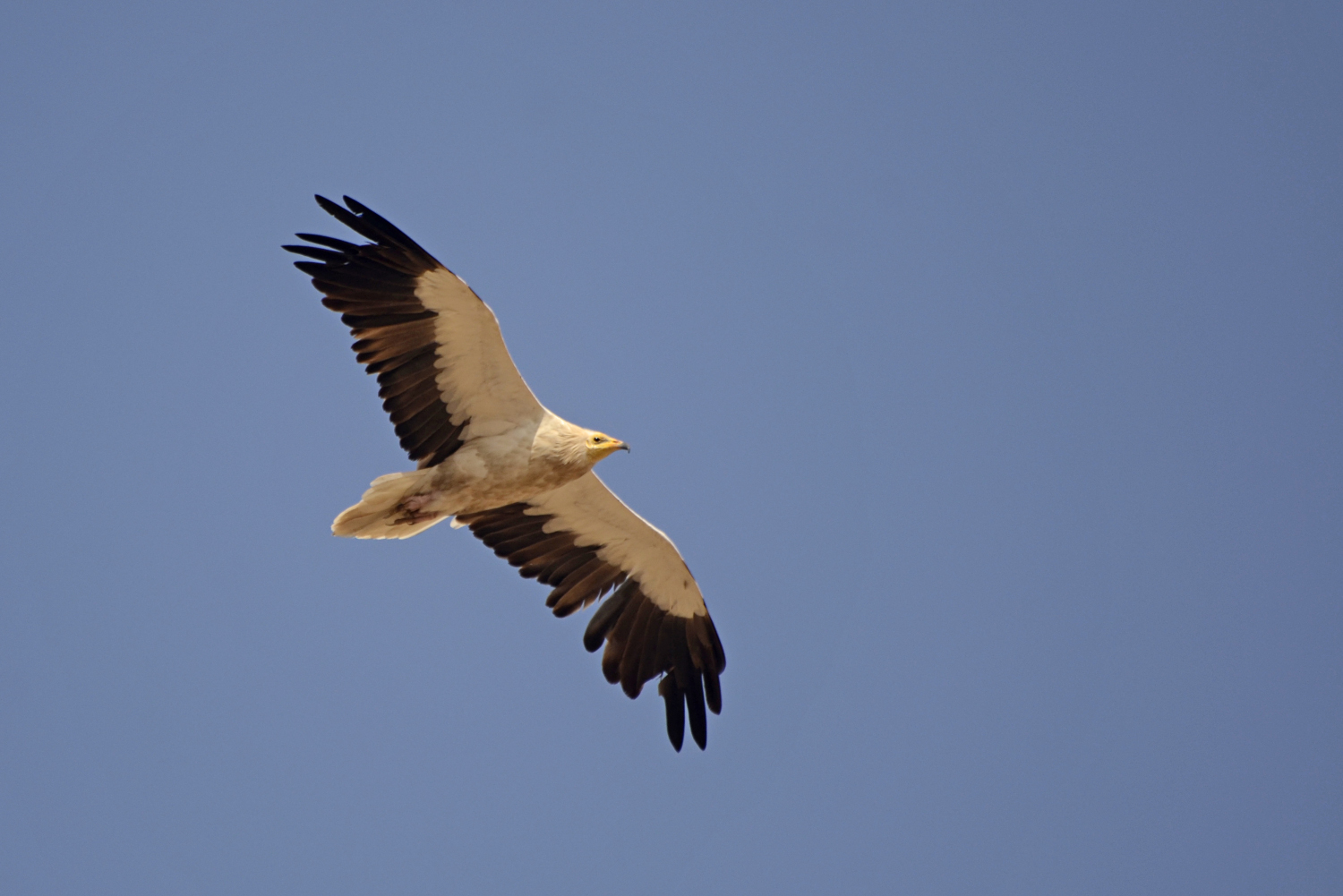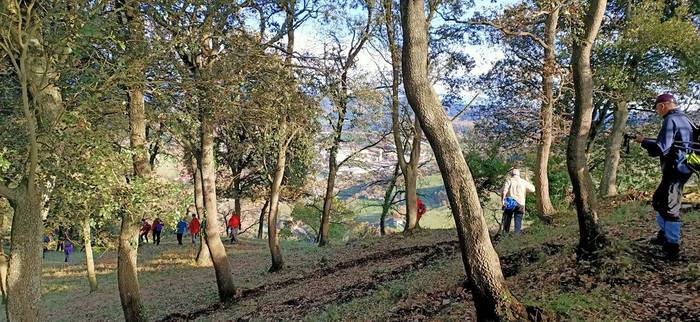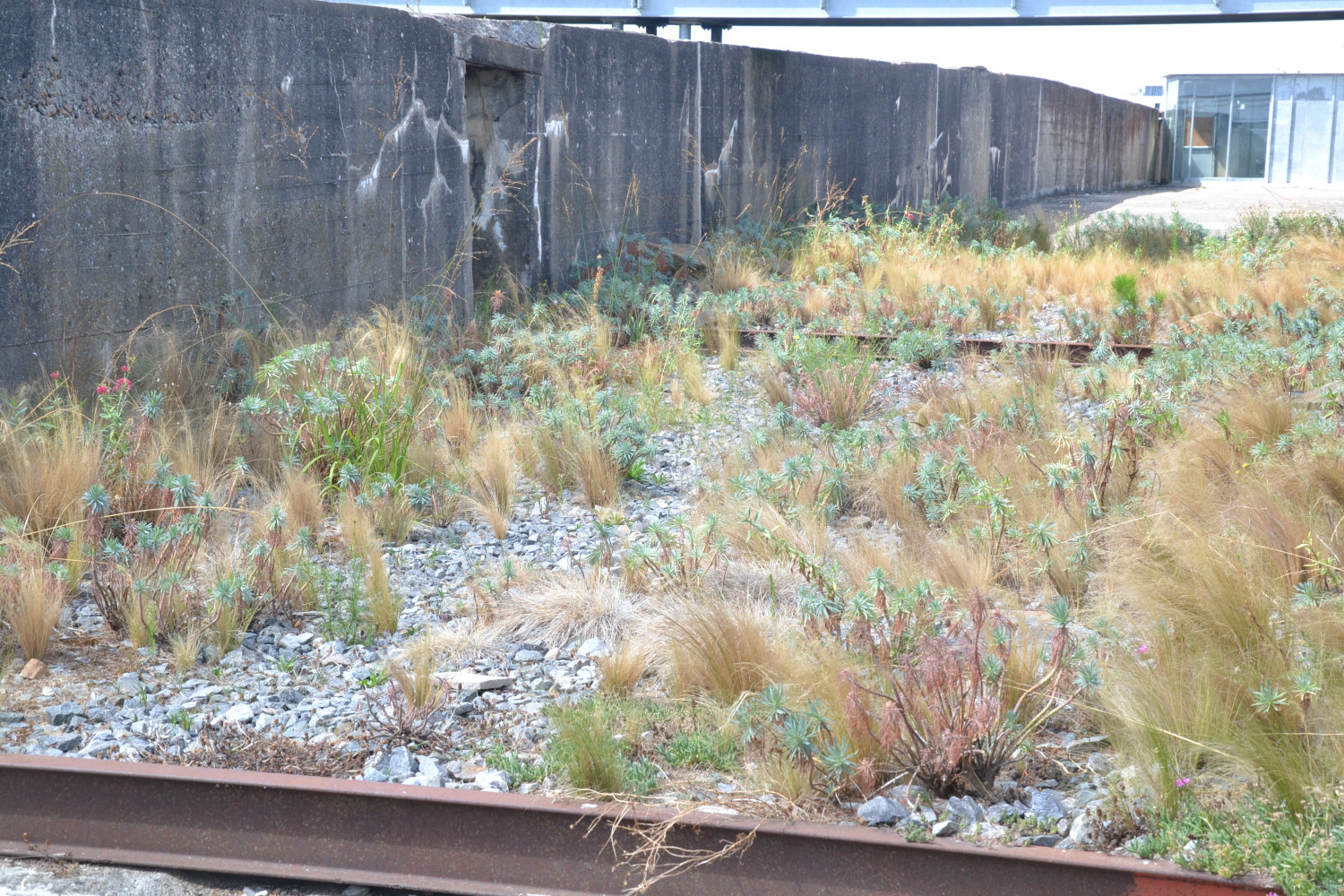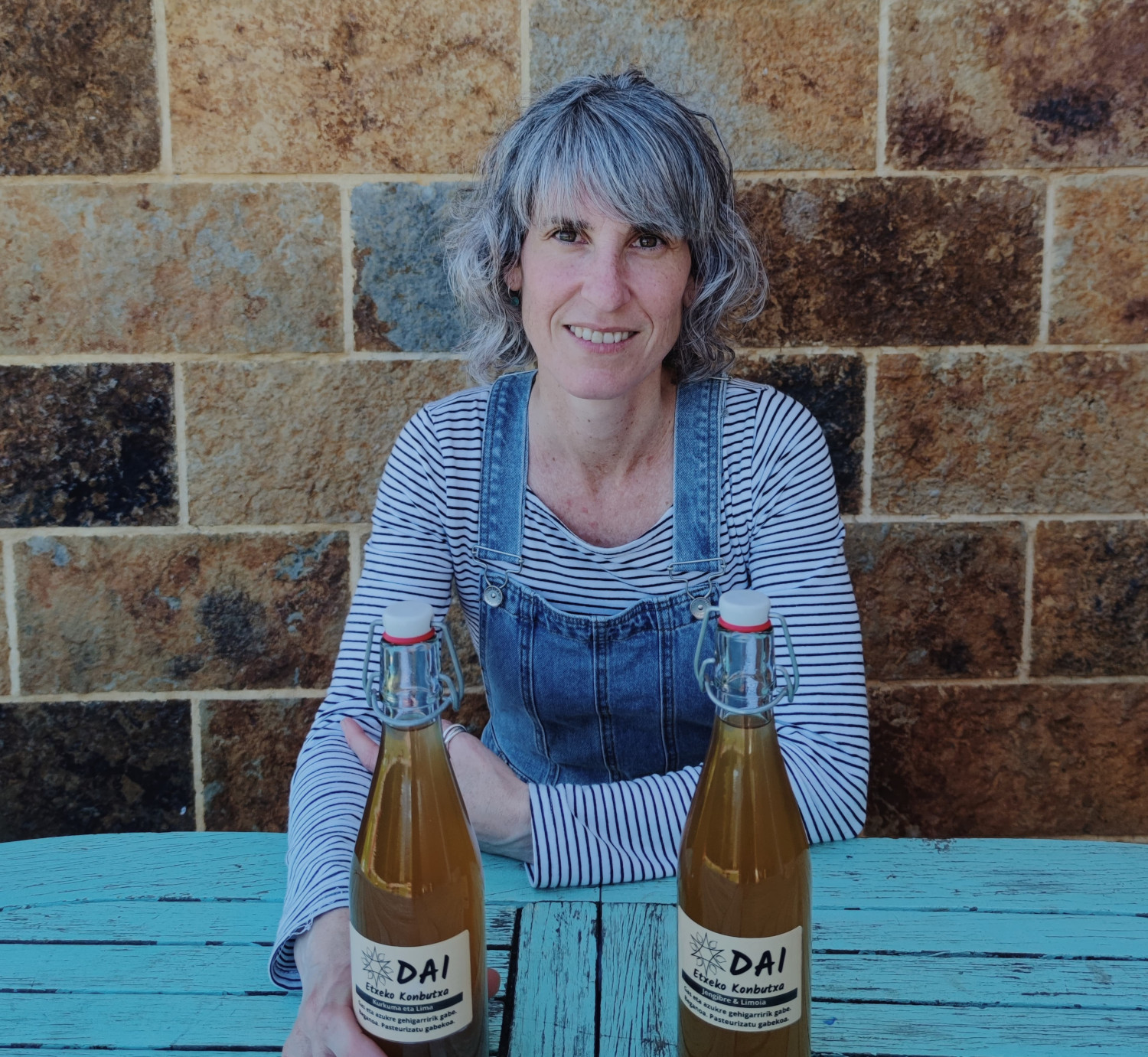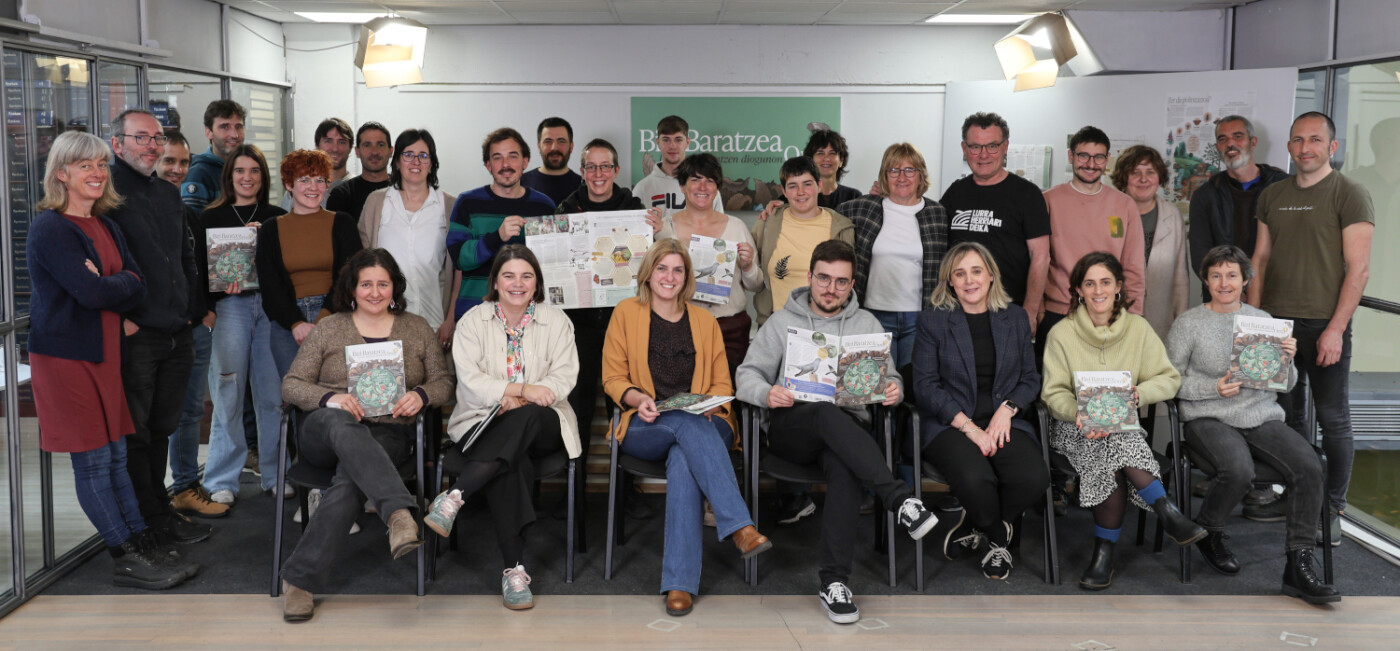You can't live in the shadow of the walnut

Today I shall refer to alelopathy. The pompous word “alelopathy” says that a living being produces a biochemical compound that directly influences the life or development of others. Greek alelopathy derives from the words allelon “one to another” or “the other” and pathos “suffering”, and it involves mutual harm. Even if produced in these animals, consideration shall be given to what occurs between plants.
We know more and more about chextret between plants and how they chipotle each other, but the existence of alelopathy is an ancient knowledge. The book Naturalis Historia, published by Plinio Zaharra in the year 77, explains how walnut (Juglans regia) has a harmful shadow and affects barley (Hordeum vulgare) and chick (Cicer arietinum) plantations.
It's very rare to find plants that grow in the shade of the walnut. The alelopathic effect is that raindrops that have crossed the leaves and footprints of fallen leaves contain tannins and other compounds that prevent the germination and growth of other species. The best known is “juglona”. The plants of the Juglandaceae family produce in skin, roots and leaves, mainly black nogales or American nogales (Juglans nigra). It is a toxic substance that prevents the life of many plants, but not all, beech (Fagus spp. ), arce (Acer spp.) and birches (Betula spp.) They have no disadvantage in living in their shadow. Apparently, they frustrate the collaboration between the roots and fungi of other plants, and without this collaboration they cannot feed the plants properly and not be able to live.
In South America, this walnut juglon trick was also known and used to fish fish easily by poisoning the waters. It may not all, but some suffer from the impact of juglone. The same is true of insects, some cannot touch walnut, others have learned to degrade and degrade juglone. These include the walnut fly or fly (complete Rhagoletis). It is not many years since it came from America for us and has already wreaked horrific havoc on the nogales. The fly lays the eggs when the nut grain is small and the worms that emerge from them feed on the external cortex of the fruit. The socket that collects the fruit, I go, the notch, the shell, the zócalo, the rope, the mozo, the beetle, the musketeer, the lamb... the worm of that fly, despite the juglone, eats the raka of that tender skin. He must be well accustomed and for him it is not poison. On the contrary, as it is a forage that nobody can eat, a good straw!
Also for plants it is a poison, so it has also been used as a herbicide. Who is going to do the test and then explain the result to everyone? I would also propose a new session to test the well-known amen-eman that causes sleep to fall asleep under the walnut and head off.
The one who's been picking nuts knows that, that skin leaves black hands because of the juglone. It's a good dye that obscures both tissues and brown food. For the same reason, it's also known in cosmetics: if you're getting tired, give the pillow a nut or whatever, it will darken you. So the poison can make you happy...








